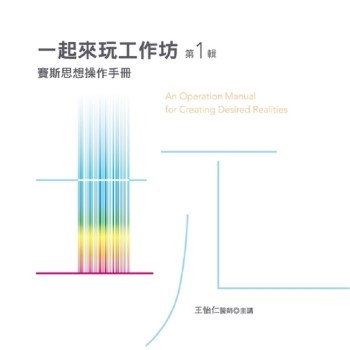This book is the first comprehensive economic, social and political study of the London suburb of Croydon from 1900 up to the present day.
One of the largest London boroughs, Croydon, has always been a mixed residential suburb (mainly private but with some municipal housing), which has strongly influenced the nature of its political representation. It was never just an affluent middle-class suburb or ’bourgeoise utopia, ’ as suggested by traditional definitions of suburbia and in popular imagination. In economic terms it was also an industrial suburb after 1918. It was then transformed into a vibrant post-industrial service economy following rapid deindustrialisation and remarkable commercial and office redevelopment after 1960. In this respect Croydon is also an ex-industrial suburb, similar to many other outer London areas and other peripheral metropolitan areas. Croydon’s civic identity as a previously independent town on the outskirts of London remains unresolved to this day, even as its political representatives seek to redefine the borough as a more independent ’Edge City.’ Author Michael Tichelar examines this suburb by looking at the suburban development of London, the changing politics of Croydon and policy issues during the twentieth century.
Labour in the Suburbs will be of interest to the general reader as well as students of modern British history with special interests in electoral sociology, political representation and suburbanisation. It provides a template against which to measure the process of suburbanisation in the UK and internationally.

 共
共 










